What to do next? The Grassroots Connector’s new DON’T WAIT feature suggests actions your group can take NOW.
By Bruce Watson
SOUTHERN CALIFORNIA — AUGUST 2017 — On a sunny summer afternoon, teenagers crowding the sizzling sands of Huntington Beach had many things on their minds. Waves. Water. Music. That guy or girl over there. . . Whatever their priorities, voting wasn’t high on the list, but Laura Brill and Vicki Shapiro had registration forms at the ready.
Brill, a local attorney, had been shocked into action. Although California allows pre-registration of teens 16 and up, only ten percent of those eligible had signed onto this voter pipeline that leads to full registration. Shocked, Brill called Shapiro and they got busy.
“We thought, where do young people in Orange County hang out?” Shapiro remembered. “The beach!” With friends and teenage daughters in tow, the two spent six hours on the sand. The result? A mere handful of registrations — including one teen and one homeless man. A month later, a drive sparked by a like-minded volunteer at a nearby high school registered 700 students in a single week. That’s when Brill decided to take it to the schools. And The Civics Center was born, with an urgent mission.
NOW is the time to register our youngest voters! NOW, between today and Graduation Day in June. Why? Because although almost every high school senior is eligible to register to vote now, only 30 percent will be registered by November. The rest, come June, will scatter into unreachable locations — jobs, college, summer, apathy.
Because now is the time, the L.A.-based The Civics Center is partnering with other organizations to promote “Cap, Gown, and Ballot,” a nationwide push to register the youngest voters. With a Democracy in a Box Toolkit and volunteers contacting local high schools, The Civics Center hopes to promote student-led registration drives in every state.
Student-led means that students, with the help of a supportive teacher or administrator, are learning to register fellow students. This peer-to-peer approach makes all the difference, Vicki Shapiro says. (Every parent of a teenager can nod along.)
“Students talk each other into registering,” Shapiro says. “That’s much more effective than having some outside organization of adults tell them why registration is ‘their civic duty,’ etc.” Along with peer pressure and one-hour training sessions, The Civics Center’s Tookit suggests several venues for registration, including proms, yearbook signing, senior breakfasts. . .
With the election still a couple of seasons away, activists wondering what they should be doing NOW have an answer. They can contact The Civics Center, Third Act, the Elders Action Network or another group and learn how to promote a student-led registration drive this spring. And another in the fall.
But your work is cut out for you. Obstacles to youth voting include: weak civics education, incomplete voter rolls, and campaigns and candidates who give unregistered youth little attention or respect.
“They don’t vote anyway,” is the usual excuse, but it’s no excuse. While just 39 percent of 18-21 year olds turned out in 2016, that jumped to 50 percent in 2020. And young registered voters turned out in record numbers. A full 84 percent of registered 18-21s voted in 2020, the fifth presidential election in a row when their turnout topped 75 percent.
The math is simple, the call to action clear. Get them registered; they’ll get to the polls, all right.
Registering teens is often a multi-generational effort. Third Act, Bill McKibben’s activist group for seniors, has its own Senior-to-Senior Intergenerational Voter Registration. And the Elder Action Network is also reaching out and signing on.
Last summer, EAN’s Therese Flaherty asked The Civics Center how her elder volunteers could help. The center, she was told, had plenty of high schools in its database but many lacked an initial contact.
So Flaherty and 52 volunteers used their own contacts to find contacts — supportive teachers and administrators in some 190 high schools. “In the Elder Action network, we have grandchildren all over the place,” Flaherty said. “A grandmother in California can talk to a granddaughter in Wisconsin who talks to an assistant principal and suddenly there’s a registration drive.”
Networking works wonders but it doesn’t hurt to have the U.S. Department of Education on your side. In February, the Dept. of Ed issued guidelines and a toolkit for youth registration. The 12-page online guide, The Civics Center’s Laura Brill wrote, “read my mind, or at least my Substack.”
DOE guidelines start with learning the voter registration laws in your state. About half of American teens live in states where pre-registration is legal. Start there. Moving on, the DOE also urges student leadership, teacher or administrative supervision, and above all, quick action — before graduation.
This spring’s registration drives are only the jumpstart for a nationwide effort to get the youngest potential voters registered and to the ballot box. This is not about changing minds or changing parties, Vicki Shapiro stressed. It’s about creating a culture of civics, and of voting.
“If we can change the culture in high schools to incorporate voter registration into each school, year in and year out, we can make a difference. We can bring young people’s voting into parity with that of their elders.”
What are you waiting for?

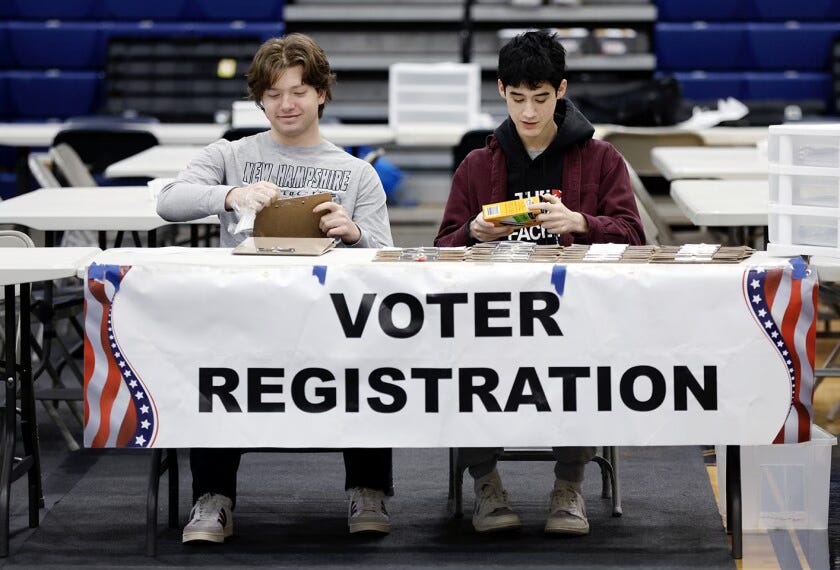

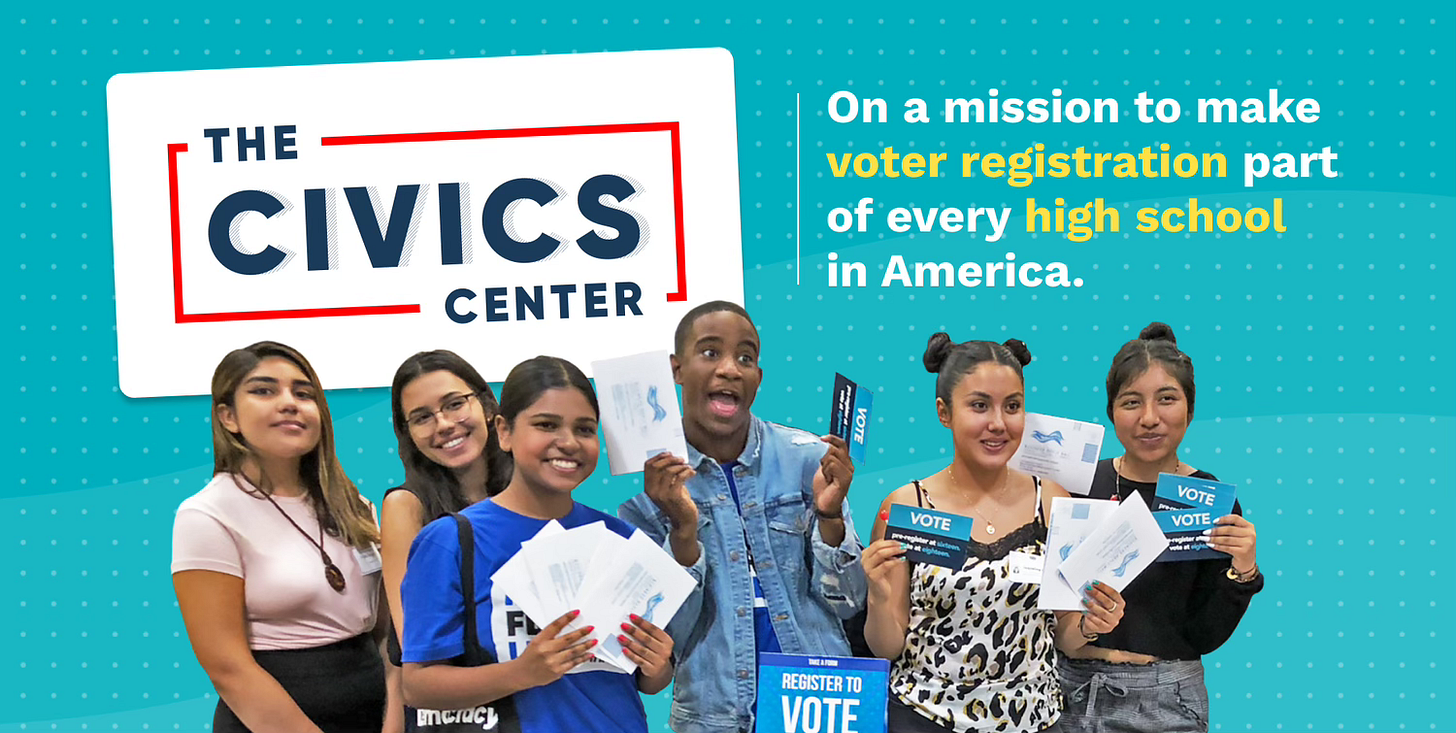
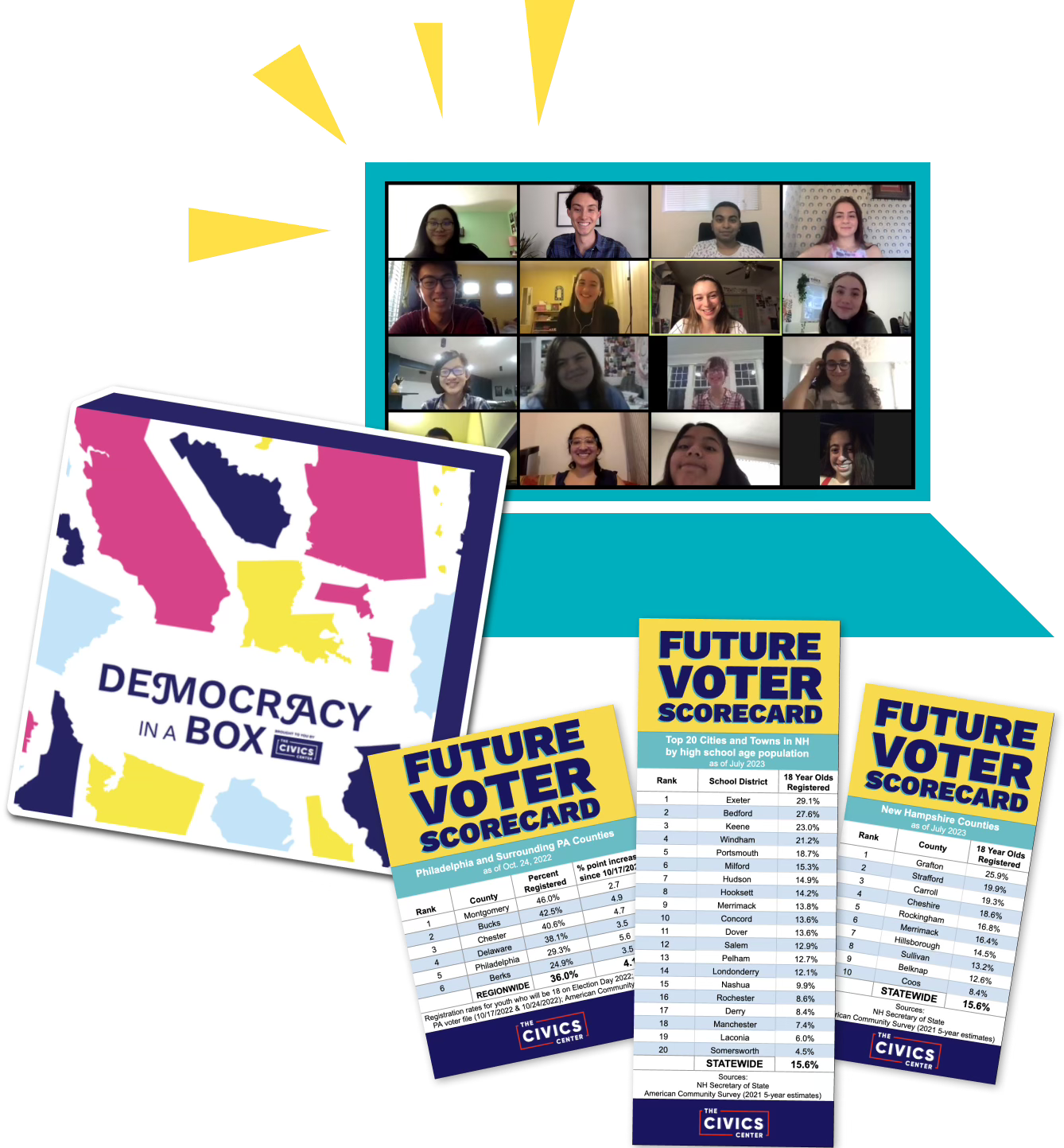

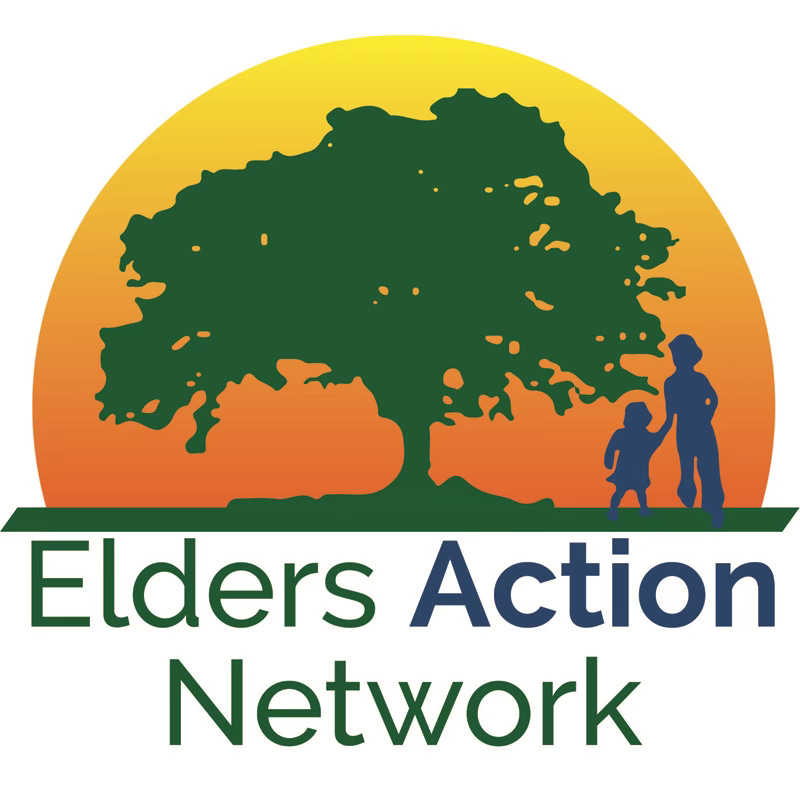
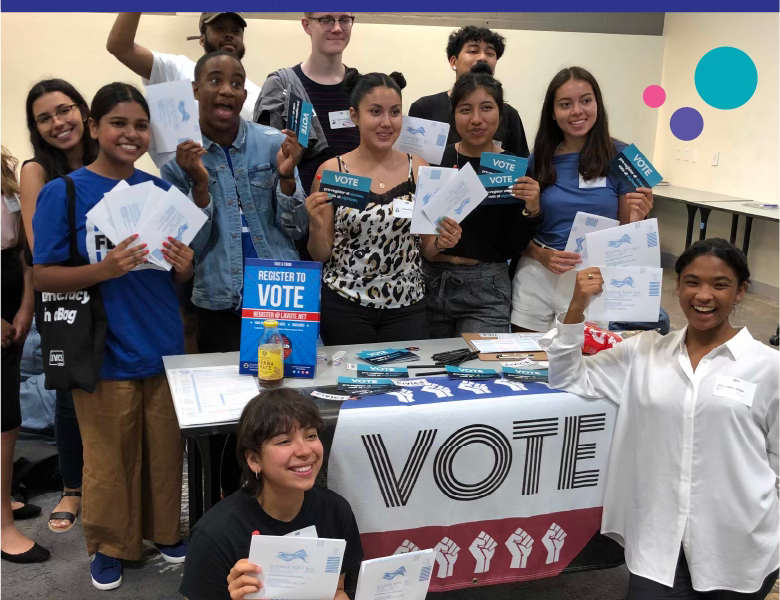
This week's Friday Power Lunch 4/26 is all about Voter Registration.
The Friday Power Lunch is produced by the badass women of Network NOVA to amplify the voice of the grassroots. The podcast is recorded before a live Zoom audience on Fridays from 12-1pm ET. To attend, Register at https://bit.ly/PowerLunch
The week's Guests:
Susan Labandibar (Co-Lead, Swing Blue Alliance) and Andy Liebman (Co-coordinator, Unregistered Voters Data Project) will discuss Swing Blue Alliance’s groundbreaking Unregistered Voter Data Project currently being tested in Arizona.
Laura Brill (The Civics Center) will talk about youth voter registration and their program for high school seniors, "Cap, Gown & Ballot".
Debra Taylor (Red2Blue) will share how they serve as a back-office for organizations that register new voters by calling them one month after registration to assure successful completion of the application and then a GOTV call before the election. Voicemail messages are left for those who do not answer and calls are followed by a text message.
Andrea Miller (Center for Common Ground) will talk about registering people of color to vote and the new voter engagement tool ActiVote.